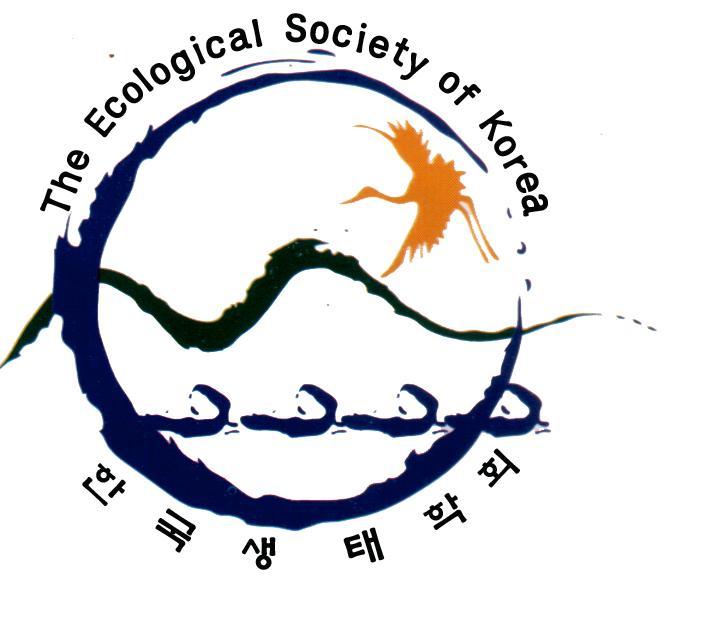- ENGLISH
- P-ISSN2287-8327
- E-ISSN2288-1220
- SCOPUS, KCI
 ISSN : 2287-8327
ISSN : 2287-8327
Secondary human impacts on the forest understory of Ulleung Island, South Korea, a temperate island
Abstract
Oceanic islands are biologically important for their unique assemblages of species and high levels of endemism and are sensitive to environmental change because of their isolation and small species source pools. Habitat destruction caused by human landscape development is generally accepted as the main cause of extinction on islands, with exotic species invasion a secondary cause of extinction, especially on tropical islands. However, secondary impacts of human development (e.g., general degradation through resource use and exotic species introduction) are understudied on temperate islands. To determine secondary impacts of human development on the understory vegetation community, 90 field sites on Ulleung Island, South Korea, were sampled during the summer of 2016. Understory vegetation was chosen as it is a proxy for ecosystem health. Diversity and percent cover of introduced, native, and endemic species were tested against proximity to developed areas and trail usage using a model selection approach. Diversity was also tested against percent cover of three naturalized species commonly found in survey plots. The main finding was that distance to development, distance to town, and trail usage have limited negative impacts on the understory vegetation community within best-supported models predicting native and introduced cover and diversity. However, endemic species cover was significantly lower on high usage trails. While there are no apparent locally invasive plant species on the island at the time of this study, percent cover of Robinia pseudoacacia, a naturalized tree species, negatively correlated with plot diversity. These findings indicate that forests on Ulleung Island are not experiencing a noticeable invasion of understory vegetation, and conservation efforts can be best spent preventing future invasions.
- keywords
- Biodiversity, Introduced species, Oceanic islands, Plant ecology, Temperate forests, Ulleung Island
참고문헌
Adsersen H. Research on islands: classic, recent, and prospective approaches. Islands: Springer; 1995. p. 7–21.
Andersen D. Natural history guide to Ulleungdo: South Korea’s mysterious island. USA: CreateSpace Independent Publishing Platform; 2015.
Eliasson U. Patterns of diversity in island plants. Islands: Springer; 1995. p. 35–50.
Heywood VH. The future of island floras. Plants and Islands. 1979;1:431–41.
Jung S-Y, Park S-H, Nam C-H, Lee H-J, Lee Y-M, Chang K-S. The distribution of vascular plants in Ulleungdo and nearby island regions (Gwaneumdo, Jukdo), Korea. Journal of Asia-Pacific Biodiversity. 2013;6(1):123–56.
Korea Forest Service. (2007). Research for Conservation and Management Plan of Genetic Resources Reserve.
Nakai T. Report on the vegetation of the island Ooryongto or Dagelet Island, Corea, February, 1818 [i.e. 1918]. Seoul: Pub. by the government of Chosen; 1919.
Oh S-Y. Floral studies on the vascular plants of the Dagelet Island. Taegu: s.n; 1978.
Sax DF, Gaines SD. Species invasions and extinction: the future of native biodiversity on islands. Proc Natl Acad Sci U S A. 2008;105:11490–7.
Vitousek PM. Diversity and biological invasions of oceanic islands. Biodiversity. 1988:181–9.
Vitousek PM, Loope L, Adsersen H. Islands: biological diversity and ecosystem function. New York: Springer-Verlag; 1995.
Yang S, Jang H-D, Nam BM, Chung GY, Lee R-Y, Lee J-H, Oh B-U. A florisitic study of Ulleungdo Island in Korea. Korean Journal of Plant Taxonomy. 2015;45(2):192–212.
Yoon JW, Shin HT, Yi MH. Distribution of vascular plants in the Ulleung Forest Trail area, Korea. Journal of Asia-Pacific Biodiversity. 2013;6(1):1–30.
- 다운로드 수
- 조회수
- 0KCI 피인용수
- 0WOS 피인용수

